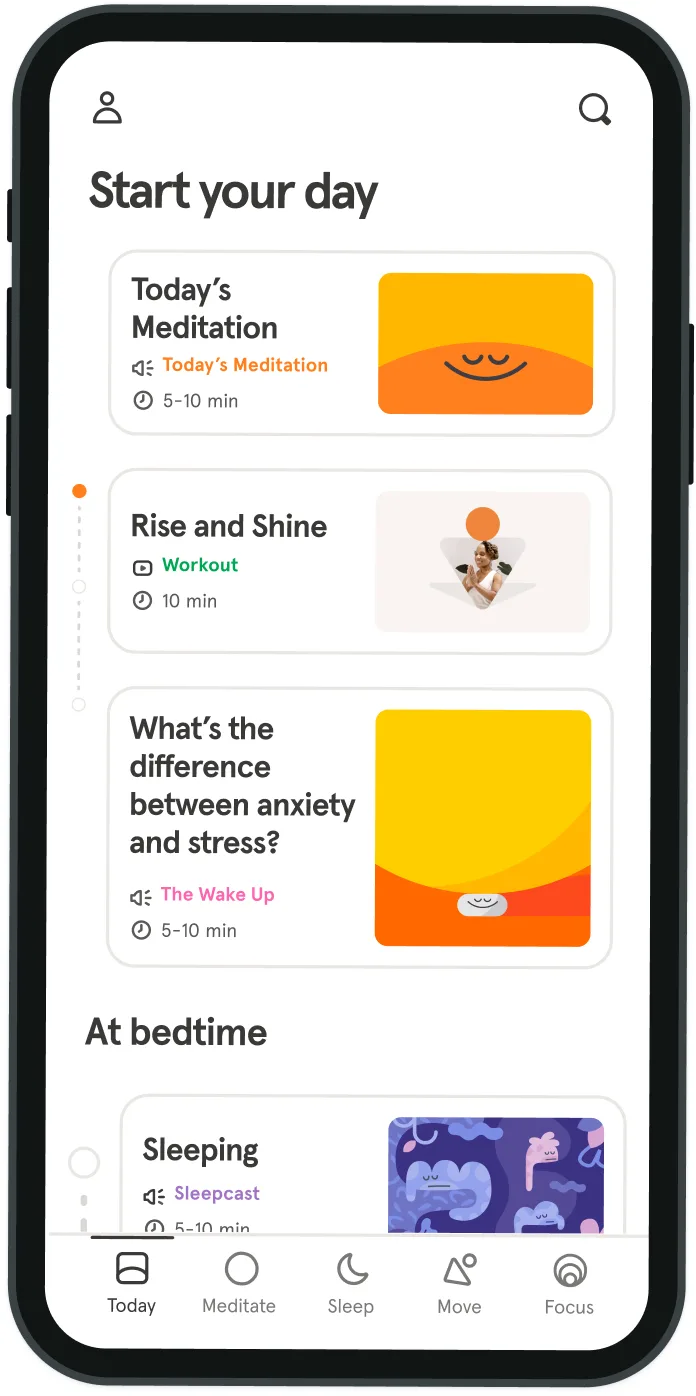How to be indecisive and like it
Think quick: where do you see yourself in five years? It’s a big question, but we expect people to know the answer immediately. We ask it at job interviews and of people we’re dating. We ask our partners and loved ones to make sure we’re on the same page, and we expect people to be able to articulate exactly what they want in the future. But what happens if they just don’t know?
American society loves people who are driven and aggressively pursue their goals (or, to put it more gently, clearly envision their dream life and manifest it into reality). Somewhere along the way, we’ve lost our ability to find peace with uncertainty and embrace ambivalence. “Ambivalence is a healthy way of having a set of emotional and cognitive breaks. It can be a way to slow the world down,” says Dr. Josh Klapow, a licensed clinical psychologist and associate professor of public health at the University of Alabama at Birmingham. Ambivalence is having mixed feelings about something. We encounter it every day, from small decisions like where to eat lunch ("__the food at this restaurant is great, but the service is slow") to life-changing decisions ("__I want another child, but the one I have is already so much work"). Instead of seeing ambivalence as a normal part of our decision-making process, many people see it as a sign that something is amiss. “We must learn to dig deeper, to explore what the ambivalence is saying in each situation and not take ambivalence as a universal red flag that something is wrong,” Klapow says. “No ambivalence at all would mean we don’t have moments of introspection.”
As the host of “The Web,” a radio show about relationships, Klapow says ambivalence is one of the most frequent topics that comes up on-air and with his clients. People frequently wonder if they should stay with their partner or leave their job, and they take that questioning as an indication that something is wrong rather than a normal cognitive and emotional process. “We often take a feeling of hesitation or ambivalence as a warning sign. It can be, but it can also simply be an indication that the decision ahead is significant,” Klapow says. This is important, since how we approach ambivalence has a direct effect on the next actions we take, Klapow says. If we assume that our mixed feelings mean that we shouldn’t pursue something, we can miss out on great opportunities or relationships. Instead, people who have mixed feelings about what they want from their careers or relationships should take time to pause, consider their options and be at peace with the uncertainty. Mindfulness is an especially beneficial tool for this. “You can acknowledge ambivalence without being blocked by it and without avoiding it,” Klapow says. “I can be the curious observer who is not getting pummeled by indecision, but neither am I avoiding or am I being stopped by it.” Observing ambivalence without judging the feeling as positive or negative allows people to make a decision about how to move forward that does not come from a place of fear. The moving forward part is essential, however. Ambivalence becomes problematic when people are crippled by it. Ambivalence should always be a temporary state. Of course, that’s relative, and for major decisions, you might feel ambivalent for a few weeks or even months. You should feel that you are working through your mixed feelings, not avoiding them. If ambivalence couples with anxiety about making the right or wrong choice, that’s where things can turn negative.
“When ambivalence dictates our daily existence, that’s not good,” Klapow says. That might mean feeling ambivalent about many small decisions or finding all your emotional resources being drained by conflicting feelings about a major decision. “Ambivalence should be a temporary point of information and should not dominate our existence.” But even the most goal-oriented people need to take time to experience their mixed feelings. Klapow advises people to work through ambivalence, rather than sidestepping the feeling, an option that can be tempting for people who are laser-focused on their goals. “If you’re moving forward no matter what and not letting uncertainty enter your mind, you start blending confidence with natural defense mechanisms,” Klapow says. Not taking time to explore your complicated feelings can lead to you making a decision you’re not ultimately happy with. Feeling ambivalent in the short term doesn’t have to take away from your vision for the future. “You can be confident and ambivalent at the same time,” Klapow says. Next time you’re feeling conflicted or unsure, make time to sit with the feeling. Treat ambivalence as a normal emotional reaction, just like crying, that isn’t inherently good or bad. Instead, see it as important insight into your true thoughts about what will make you happy. “It’s the marrow of that existential itch,” Klapow says.



Be kind to your mind
- Access the full library of 500+ meditations on everything from stress, to resilience, to compassion
- Put your mind to bed with sleep sounds, music, and wind-down exercises
- Make mindfulness a part of your daily routine with tension-releasing workouts, relaxing yoga, Focus music playlists, and more
Meditation and mindfulness for any mind, any mood, any goal
- © 2024 Headspace Inc.
- Terms & conditions
- Privacy policy
- Consumer Health Data
- Your privacy choices
- CA Privacy Notice
